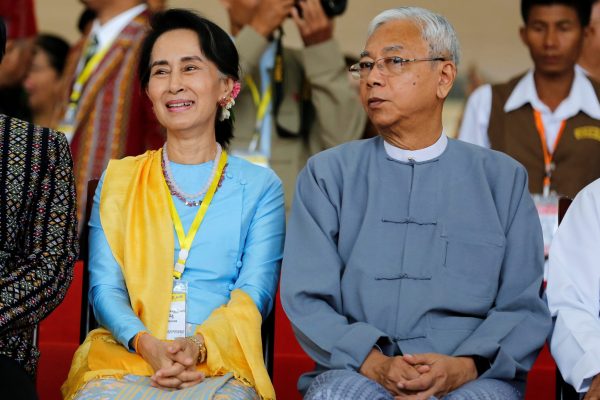This conference was more productive than the previous two peace conferences where participants shared their proposals but no decisions were made. All stakeholders sought concrete resolutions and actively participated in discussions and negotiations. Remarkably, for Myanmar, many parties demonstrated for the first time a collaborative negotiation style, seeking insight and understanding into other parties’ concerns and interests. This spirit of collaborative negotiation makes the possibility of achieving a common agreement more promising now than it was in the past.
But the issue of non-secession from the Myanmar Union remained a major stumbling block and the conference ended without any tangible result on this matter. Many Ethnic Armed Organisations (EAOs) persistently seek recognition in the Union Peace Dialogue Joint Committee meetings of their rights to equality, self-determination and to draft their own state constitutions. But the government and Tatmadaw (Myanmar Army) are concerned about conceding the right to self-rule to the EAOs given the potential for misinterpretation. They believe the EAOs must first commit to non-secession in order to end the long-standing separation nightmare.
For this reason, the government and Tatmadaw have tried to delimit the political rights of the EAOs with a string of non-secession commitments. They asked the EAOs to give a political guarantee of non-secession and promised in return to accept their demands for a democratic federal system.
Many EAOs are happy to eliminate the word ‘secession’ from discussions. They feel it is unnecessary as they do not intend to separate from the Union. These EAOs agree in principle to the idea of non-secession and accept integration into the Union. But as a precautionary measure, the EAOs submitted a proposal for an exceptional clause to be added that they would not secede from the Union as long as their demands for equality and a federal system are carried out.
Due to the controversy regarding the secession issue, it was decided that its resolution would be left to the next round of talks in order to keep the peace process moving forward. Though the issue ended in stalemate, it has become a matter of critical importance for all peace-makers that will need to be dealt with soon. But as it stands, the EAOs appear to be unlikely to gain their long-term demands for self-determination.
Another issue lies with the formation of the Northern Armed Group, consisting of seven EAOs — the most prominent being the United Wa State Army, the largest non-state military group in Myanmar. The group attended the opening ceremony of the second session under special guest status and submitted papers for consideration. Their inclusion was brokered by China and the immediate purpose of their attendance was to build good relations and improve communications with the government for future peace negotiations.
But this alliance is seeking a new non-NCA resolution, as they believe the NCA is designed to make the peace-building process between the EAOs and other parties more challenging. In their view, the NCA has not been able to make any progress toward ending the conflict. But both the government and Tatmadaw are firmly committed to the NCA process, which they see as the only viable mechanism for peace-making in Myanmar.
China’s involvement in Myanmar’s peace process has been questionable, particularly recently. In the northeastern part of Myanmar, the Tatmadaw has been engaged in armed conflicts with some EAOs that receive military training, logistical support, and arms and weapons sales from China.
China’s non-interference principle makes it hard for the nation to directly affect the peace process of Myanmar, but its indirect influence should be carefully scrutinised. Saw Mutu Sae Poe’s (chairperson for the Karen National Union, a democratic political organisation in Myanmar) opening speech at the conference stressed the need to create a situation free from any external influences so that in-depth negotiations can be made through mutual understanding, trust and communication.
Overall, the signing of Part One of the Union Peace Accord is a great achievement for Myanmar’s peace and national reconciliation process. But the government and Tatmadaw will face significant challenges moving forward, as some of the biggest issues are still to be discussed, especially the non-secession commitment.
A ‘fixed pie’ assumption will not lead to a suitable solution and all stakeholders must search for a non-zero-sum outcome, without any political power plays and external pressure, to achieve peace under the current government.
Lwin Cho Latt is a lecturer with the Department of International Relations at the University of Yangon.

